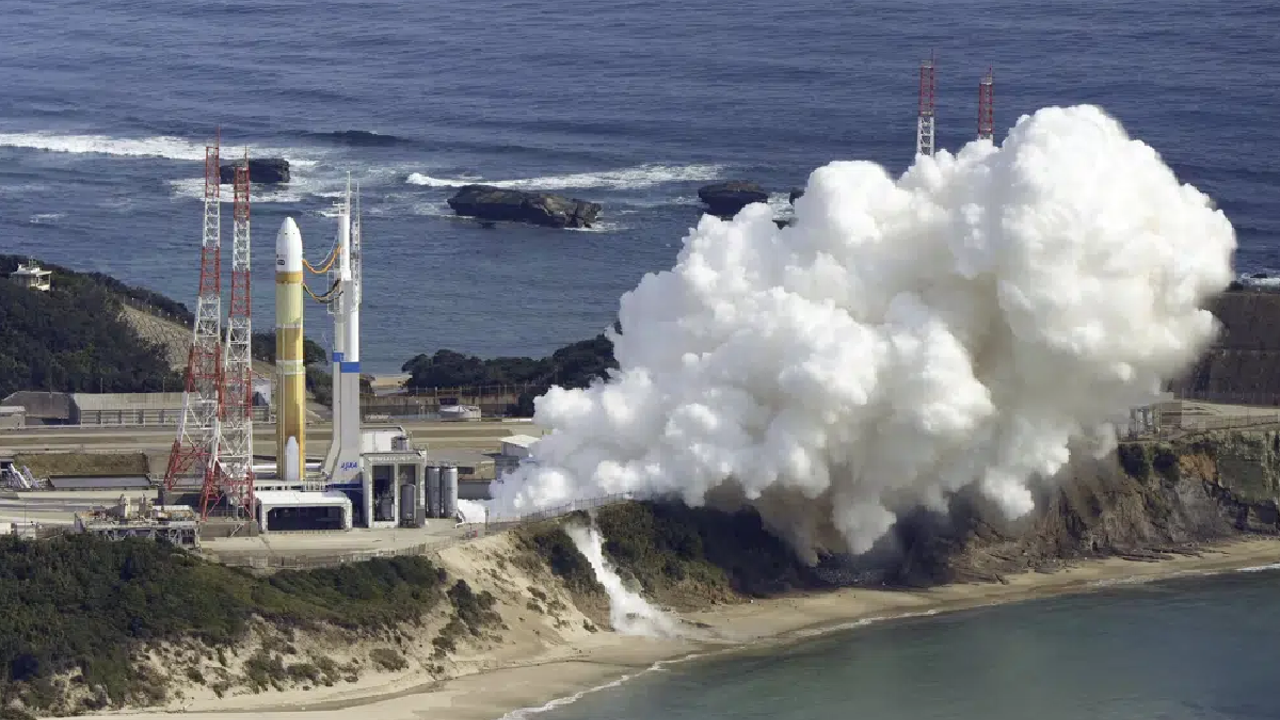Japan voluntarily destroyed the H3 missile
Japan's space agency deliberately destroyed a new H3 rocket on Tuesday after it failed to fire for the second stage of the country's first rocket series in more than 20 years.

Coming three weeks after an aborted launch due to a separate glitch, the H3′s failure was a setback for Japan’s space program — and possibly for its missile detection program — and a disappointment for space fans who were rooting for Tuesday’s retrial.
The rocket carried an infrared sensor developed by the Ministry of Defense. This sensor was used to collect data for earth observation, disaster response and map making.
The H3 rocket with a white head blasted off and soared into the blue sky from the Tanegashima Space Center in southern Japan as fans and local residents cheered. It followed its planned trajectory and the second stage separated as planned, but the ignition for it failed, the Japan Aerospace Exploration Agency said.
SECOND FAILURE
JAXA said it sent a command to destroy the rocket as there was no hope for it to complete its mission. Officials are investigating the cause of the failure, and expected to give early findings at a news conference later Tuesday.
The failure is the second in six months since a smaller Epsilon-series solid-fueled rocket designed to launch scientific satellites failed in October.
The H3 launch had also been delayed for more than two years because of an engine development delay. During a launch attempt in February, an electrical glitch after the main engine ignition aborted the launch just before its liftoff and narrowly saved the rocket.
200 BILLION YEN
The H3 rocket — Japan’s first new series in more than 22 years — was developed at a cost of 200 billion yen ($1.47 billion) by JAXA and Mitsubishi Heavy Industries as a successor to Japan’s H-2A rocket, which is due to retire after its upcoming 50th launch.
The H3, about 60 meters (196 feet) long, can carry larger payloads than the 53-meter (174-foot) H-2A. But its launch cost has been slashed approximately in half to about 50 million yen ($368,000) by simplifying its design, manufacturing and operation in an effort to win more commercial launch customers. The hydrogen-fueled main engine is newly developed and uses fewer parts by altering the combustion method.
The space launch business has become increasing competitive, with major players including SpaceX and Arianespace.
(AP News)






